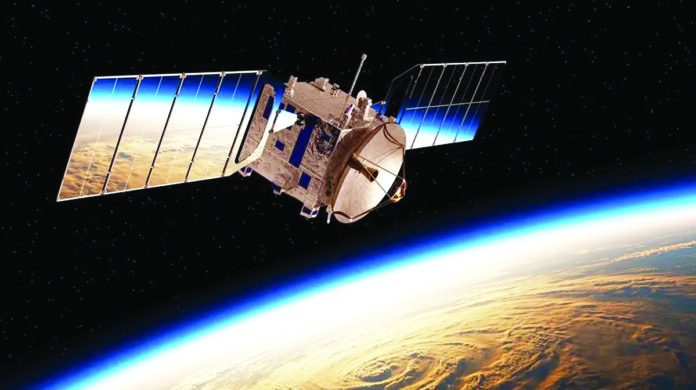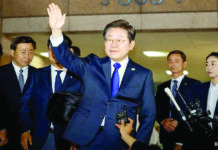Iran launched a space-sector training for BRICS students to boost collaboration and overcome sanction challenges.
NEW DELHI: Iran has initiated a targeted space-sector training initiative for students from BRICS nations—Brazil, Russia, India, China, and South Africa—as part of its wider effort to expand scientific collaboration and build technical capacity.
Reports indicate that the Iranian Space Research Centre (ISRC), which comes under the Iranian Space Agency, sought applications for 32 academic and research training positions. These include 10 undergraduate, 11 master’s, and 11 PhD slots in space-related disciplines.
The programme, which began in October 2024, focuses on areas such as satellite systems design, space mechanics, and data analysis.
While the existence of the programme has been confirmed, no official data has been made public about how many students, including Indians, have enrolled or which BRICS nations they represent.
It is reported that before entering into conflict with Iraq, Iran housed more than 4,000 Indian nationals, with almost half of them students. Many of the Indian students in Iran are from Jammu and Kashmir, who usually opt for Iranian universities because of the similar cultural milieu. The students are spread not just in the capital, Tehran, but also across Shiraz and Qom.
The training modules, as per reports, are spread across multiple Iranian universities and research institutions, including Sharif University of Technology, Amirkabir University of Technology, and Imam Hossein University. These institutions are known for their aerospace programmes and offer coursework in satellite engineering, remote sensing, propulsion technologies, and signal processing.
According to observers, the initiative appears designed to bolster Iran’s scientific resilience—its ability to sustain and advance critical research domains despite external restrictions and internal attrition.
Years of sanctions by the Western bloc have limited Iran’s access to global academic networks, cutting it off not only from equipment and expertise but also from collaborative ecosystems.
Simultaneously, experts say a steady brain drain has thinned the domestic talent pool, especially in high-skill areas like aerospace engineering and satellite systems.
By bringing in qualified students from BRICS nations, Iran is likely seeking to rebuild a functioning research environment that can operate independently without giving too much attention to Western sanctions.
The presence of international students in its labs and universities not only fills technical gaps but could also revive institutional momentum that might otherwise stagnate under isolation.
The launch of this programme coincides with delays in Iran’s satellite deployment timeline, including postponed launches of the Pars 1B and 2 systems. No official statement has linked the training programme to these delays, but the timing suggests a broader push to strengthen technical infrastructure and develop skilled manpower in the space sector.








